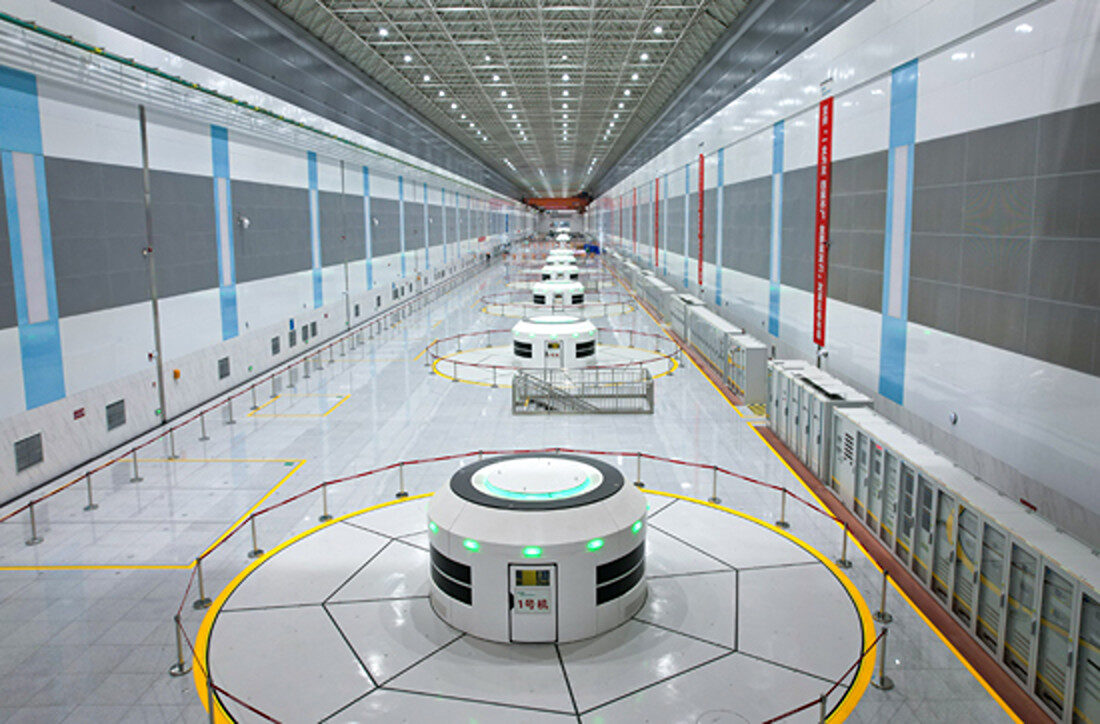Researchers from the German Institute for Economic Research (DIW Berlin) have analyzed different scenarios for expanding decentralized heat pumps in Germany by 2030. They have focused on the role of buffer heat storage in mitigating electricity needs and on the effect of different electricity generation methods on costs, capacity investments, and emissions. They found that investing in PV can cost-effectively accompany the rollout of heat pumps.
“In our analysis, we use the open-source capacity expansion TEASER model that considers the hourly variability of renewable electricity generation and heat demand over an entire year,” the team explained. “It also accounts for additional electric load related to electric vehicles and the production of green hydrogen. To the best of our knowledge, such an analysis has not been done so far.”
In the first scenario tested, the reference scenario, the team assumed 1.7 million decentralized heat pumps in 2030, reflecting the stock of heat pumps installed in Germany in 2024. It also assumed 24.7 TWh of heat supply annually. The slow rollout scenario assumed the number of heat pumps would reach 3 million by 2030, exclusively installed in single- and two-family homes built between 1995 and 2009. In that case, the yearly heat supplied would reach 53.2 TWh.
In the government rollout scenario, the team assumed they would reach the official German targets of 6 million heat pumps in 2030, covering most single- and two-family homes built after 1995 and using 92.9 2 TWh per year. Lastly, they suggested a fast scenario where 10 million heat pumps are installed by 2030, supplying 226.3 TWh of heat. In this scenario, heat pumps would be installed in more single- and two-family homes, even old ones built before 1979 with very low energy efficiency standards.
“Across all building types, air-source heat pumps account for 80% of installed heat pumps and ground-source heat pumps account for the remaining 20%,” the team explained. ”The assumed energy storage size is expressed in energy-to-power (E/P) ratios ranging from 0 to 168 h (0, 2, 6, 24, and 168 h). In this terminology, a heat storage with an E/P ratio of 2 h has a total heat storage capacity that equals 2 h of the maximum heat output of the heat pump.”

Image: German Institute for Economic Research (DIW Berlin), Communications Earth & Environment, CC BY 4.0
For the energy mix in the simulation, the group capped coal—and oil-fired power plants at current levels. Gas-fired power plants, open cycle (OCGT), and combined cycle (CCGT) could be expanded beyond current levels. Based on government statistics, onshore wind plants were capped at 115 GW and offshore at 30 GW. The capacities of solar PV do not have any limits.
“We find that the expansion of the German heat pump stock from 1.7 to 10 million would require additional investments of around 54–57 GW of solar PV capacity in a least-cost solution, depending on how much heat storage is available,” the academics said. “For a slower rollout speed, which still achieves the German government’s target of 6 million heat pumps by 2030, additional PV capacities of around 4–8 GW are needed.”
According to the academics, compared to the reference scenario, the government rollout will save Germany €2.0–€6.7 billion per year, depending on natural gas prices, which were assumed to be between €50 and €150/MWh. In the fast rollout case, the savings would amount to up to €27.1 billion annually.
“Introducing heat storage with an E/P ratio of 2 hours (h) reduces the need for additional solar PV capacities, e.g., 6 GW instead of an additional 8 GW in the government rollout compared to the reference,” the scientists concluded. “In addition, the need for battery storage is reduced by around 7 GW compared to the case without heat storage in the government rollout and by 5 GW compared to the reference.”
Their findings were introduced in “Power sector benefits of flexible heat pumps in 2030 scenarios,” published in Communications Earth & Environment.
This content is protected by copyright and may not be reused. If you want to cooperate with us and would like to reuse some of our content, please contact: editors@pv-magazine.com.



By submitting this form you agree to pv magazine using your data for the purposes of publishing your comment.
Your personal data will only be disclosed or otherwise transmitted to third parties for the purposes of spam filtering or if this is necessary for technical maintenance of the website. Any other transfer to third parties will not take place unless this is justified on the basis of applicable data protection regulations or if pv magazine is legally obliged to do so.
You may revoke this consent at any time with effect for the future, in which case your personal data will be deleted immediately. Otherwise, your data will be deleted if pv magazine has processed your request or the purpose of data storage is fulfilled.
Further information on data privacy can be found in our Data Protection Policy.